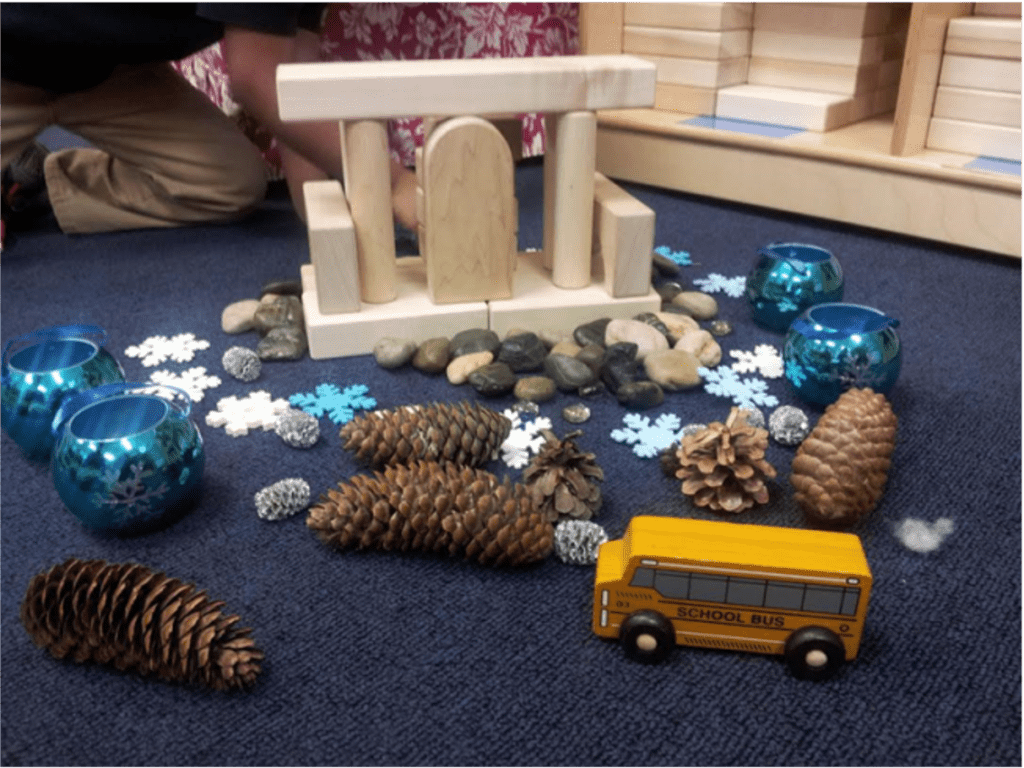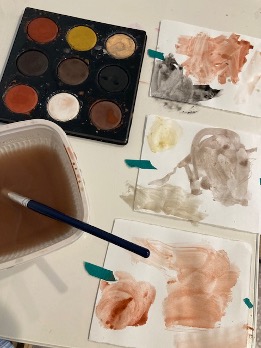Beyond Holidays: Ten Strategies for Authentic Social Studies Experiences


The Holiday Season: A Time to Reflect on Social Studies Learning
For anyone who works with young children, this can be a particularly busy time of year, as we seek to find the right balance between maintaining established routines and nurturing children’s development and learning while also injecting our planning with the enthusiasm of the season. It can be tempting to completely fill these school days with a variety of holiday activities—often in the name of providing instruction in social studies—without first pausing to consider their educational value. However, taking time amidst the hustle and bustle to reflect on our practice and ask ourselves questions about the experiences we offer to children can be invaluable.
- What messages do I want children to receive?
- What is my goal?
- What will children, and their families, take away from this experience?
The answers to these questions can serve as a powerful guide to planning meaningful social studies experiences for young children.
Young children are curious and eager to learn about themselves, their peers, and their environment. These everyday moments provide an appropriate and joy-filled foundation for learning social studies and introducing children to other places, traditions, and cultures all year long.
 Although holiday activities can support children’s cultural identities, broaden awareness of our diverse world, and enhance children’s families’ feelings of belonging to the school community, they aren’t the only way to explore social studies concepts. In fact, focusing solely on the holidays does not broaden (and can actually limit) young children’s understanding of diversity. So, too, will reliance on visuals and other resources that have little to do with the children who are actually in your classroom.
Although holiday activities can support children’s cultural identities, broaden awareness of our diverse world, and enhance children’s families’ feelings of belonging to the school community, they aren’t the only way to explore social studies concepts. In fact, focusing solely on the holidays does not broaden (and can actually limit) young children’s understanding of diversity. So, too, will reliance on visuals and other resources that have little to do with the children who are actually in your classroom.
Rather, exploring and embedding diversity and social studies concepts in day-to-day classroom experiences enriches children’s understanding of the similarities and differences in the world around them in authentic ways.
Intentional Planning: Reaching New Depths of Knowledge
Purposefully planning opportunities for meaningful questions, statements, and experiences that support social studies development will provide teachers with a deeper understanding of children’s learning, as they will be able to observe children engaged in authentic experiences. Careful consideration when adding or changing the materials in the interest areas and the outdoors, building relationships with families, and learning about the school’s larger community also strengthens the foundation for supporting children’s social studies knowledge.
The Creative Curriculumoffers specific supports that guide teachers as they plan for rich social studies experiences to offer the children in their care. Social studies concepts are integrated into children’s daily routines and experiences and explored deeply as children take part in The Creative Curriculum’s studies.
Ten Strategies for Authentic Social Studies Learning
When planning social studies experiences for young children, consider the following strategies for providing authentic learning opportunities.
- Extend frequent invitations to families to share their home languages, songs, games, stories, and recipes with the class and to participate in daily classroom life.
- Create meaningful displays, such as photos of children and their families, and invite families to share the names and relationships of important people in their children’s lives.

- Provide art materials such as paint, markers, crayons, and construction paper that demonstrate awareness of differences among children and their families and offer dolls with a variety of ethnic characteristics.
- Involve children in classroom decision-making processes, such as forming classroom rules, solving problems that arise in the classroom community, and listening to others’ ideas and perspectives.
- Take children on frequent neighborhood walks. Notice aloud the patterns of life and work as they see people going about their daily activities.
- Include books, puzzles, props, and other materials representing a range of jobs and cultures. As children play, comment on the tools people use in their jobs.
- Look for opportunities to introduce props in the Dramatic Play area that reinforce children’s understanding of community jobs. Pay particular attention to children’s interests in the jobs of their families or community members.

- Help children expand their knowledge of how children and families in other places are alike and different from them by reading a variety of books and viewing developmentally appropriate technology that help children understand how people live throughout the world.
- Create social stories with children as a tool for resolving common social problems. Social stories guide children through real-life situations and possible solutions.
- Ensure all books and classroom materials are free from bias. Include materials that depict a variety of people, cultures, genders, and abilities depicted in non-stereotypical ways.
Thoughtful Experiences Leave a Lasting Impact
The early childhood classroom is the ideal place for children to learn about themselves, their peers, their community, and their environment as they work together, use pretend play, and experiment with different roles in the community.
Incorporating even simple social studies concepts into everyday experiences will significantly impact children’s understanding of the world around them and their place in it.
When teachers connect with families and community members to make them an integral part of the classroom experience they are, in fact, introducing diversity in authentic ways. In turn, children learn how people live, work, get along with others, solve problems, and are shaped by their surroundings, which expands their understanding of social and cultural elements in society.
Create joyful, inspired learning experiences for every child.
Encourage children to investigate and learn from everyday items while ensuring whole-child development.